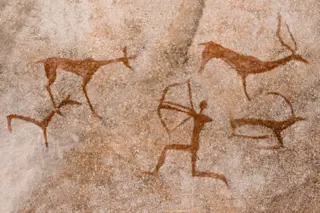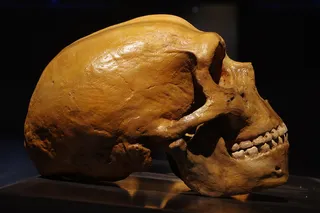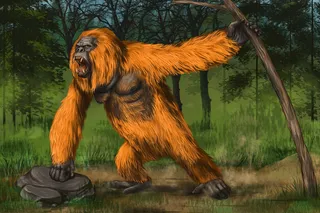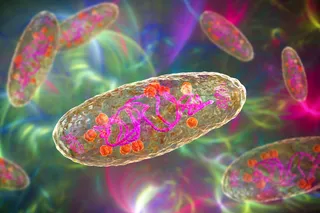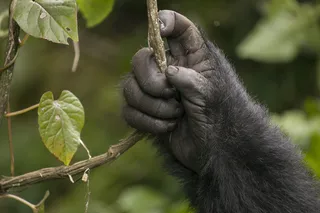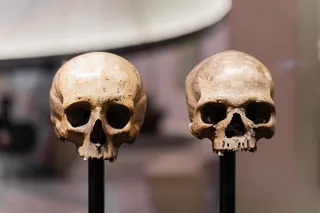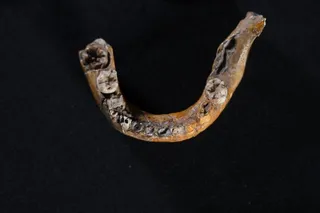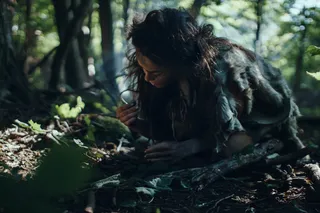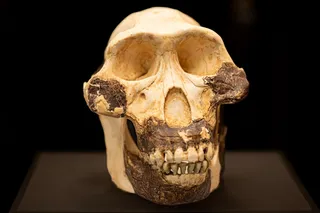You’ve heard of diets like the paleo diet, which claim to harken back to the foods of our ancestors, recreating the diets that we would have eaten during the Paleolithic or Stone Age. It’s a reference to eating the way we’re naturally supposed to eat, identifying the foods that are healthiest for human consumption.
However, according to experts, these diets present a number of unlikely scenarios. First, early humans didn’t shop at the health foods store or choose foods that best suited their gastrointestinal tracts. Rather, they ate what they could gather and what they could hunt.
They had more choices depending on what part of the globe they called home and how adept they had become at surviving. But it was still about day-to-day survival rather than longevity. And though it’s hard to know for sure, early humans likely didn’t live long enough to contract many of the diseases ...



